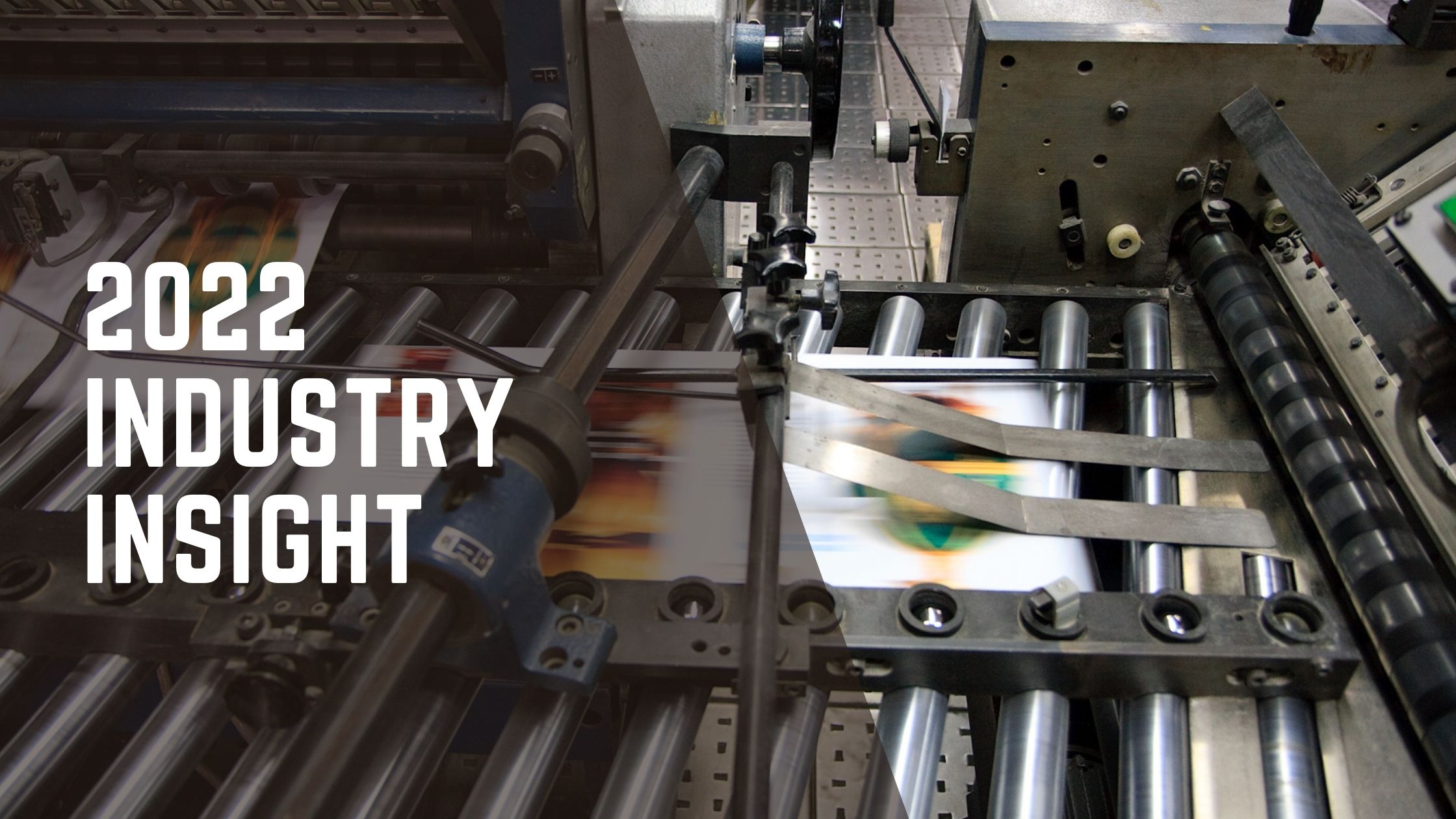Books have been around forever. In the time since their inception, they have changed very little. We can look back at the past and say with confidence that they’ve never really gone out of ‘style’. So what does the future look like?
The Book Publishing in Australia Market Size in 2022 is at $1.5 billion. Given the stability of the format, it’s amazing just how much there is still to talk about, and how vital book publishing remains even as many newer technologies have come along.
In Printing Impressions’ Book Manufacturing Outlook for 2021, demand outstripping supply was already emerging as a leading concern, and as the Book Manufacturers Institute (BMI) published its “State of the Book Industry 2021,” Executive Director Matt Baehr commented: “As we move forward, economic and labour trends, along with supply chain issues, will affect our industry greatly.”
These challenges will remain top of mind going into 2022 and the headache itʼs causing for the book manufacturing segment looks likely to endure for the foreseeable future. “To manage this supply chain crisis, we’re advising our clients of three key things,” Galligan says. “No. 1, communicate. No. 2, prioritise. And No. 3, consider that dates will need to be extended.”
Of course, it’s not all doom and gloom in the book manufacturing sector. During the pandemic, the market remained buoyant as pandemic-related lockdowns and restrictions brought about a reading renaissance of sorts, and there are plenty of reasons to remain optimistic about the market as we move into 2022.
- Looking to the future, here’s what to keep a close eye on:
- Over the next 12 to 24 months, sales will remain strong. There is a direct relationship between the amount of time spent at home and the amount of buying and reading.
- Physical stores will be vital. Many book retailers have used the pandemic to retool and develop fresh approaches to their businesses.
- Content will cross boundaries like never before. Books will both drive and benefit from an expansive content multiverse with fewer geographic and format limitations.
Supply chain disruptions will continue. Continuing shortages, skyrocketing logistics costs, and competition for limited printing capacity will likely lead to higher cover prices. However, these problems could also spark unexpected windfalls, like a higher level of digital adoption, a rise in library circulation, an uptick in the used-book market, and growth in North American printing capacity.
Sources:
https://www.piworld.com/article/2022-book-printing-market-outlook/
https://linchpinseo.com/trends-commercial-printing-industry-outlook/
https://www.marketresearch.com/Mordor-Intelligence-LLP-v4018/Commercial-Printing-Growth-Trends-COVID-30731122/
https://www.bmibook.com/state-of-the-book-industry
https://www.publishersweekly.com/pw/by-topic/industry-news/bookselling/article/89040-book-sales-in-the-u-s-are-stronger-than-ever.html

